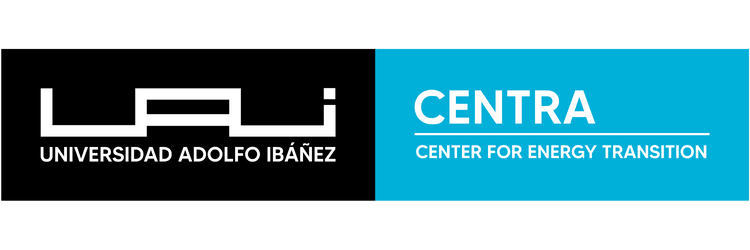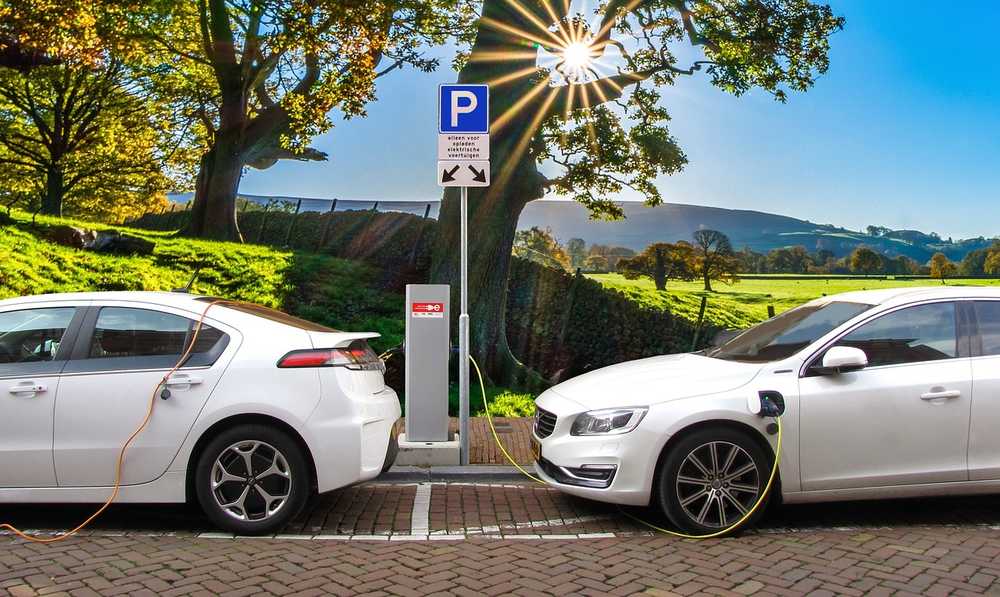The milestones and challenges that have marked electromobility in Chile
October 20, 2025
With the second-largest electric bus fleet after China, more than 1,100 publicly accessible charging stations, and an increase in sales of light electric vehicles, the country has positioned itself as a regional benchmark in electromobility. These advances are part of an ambitious plan that seeks to reduce the transportation sector’s CO₂ footprint over the next decade.
At the end of 2017, the first two electric buses were integrated into Santiago’s public transportation system, an event that would mark the beginning of a zero-emission service nationwide. But beyond sustainability, the implementation of these vehicles became an attraction, something too good to be permanent; it set a new standard in the travel experience: air conditioning, zero noise and vibration emissions, and even USB ports available for charging cell phones.
Eight years after this milestone, electric buses are already part of everyday life, especially in Santiago, which closed 2024 with 2,480 zero-emission buses. This figure is significant not only because of the number of passengers benefiting, but also because it has positioned Chile as the second country after China with the largest fleet of electric buses.
This progress is not isolated and has been accompanied by a series of advances in this area. “At the national level, the first National Electromobility Strategy was launched in 2017, updated with the ambitious goal of ensuring that 100% of sales of light and medium-sized vehicles, as well as public transportation, are zero-emission by 2035. Another milestone is the exponential growth of the private electric vehicle market, with 4,507 units sold in 2024, an increase of 184% compared to the previous year,” explains José María Cruz, head of the Center for Energy Transition (CENTRA), Faculty of Engineering and Sciences at the UAI (University of Almería).
But we cannot advance electromobility without considering charging networks, and on this point the results are mixed. While 2024 ended with a 45% increase in these infrastructures, their implementation in the regions has been weaker. “There is a marked geographic concentration, with more than 50% of fast-charging points in the Metropolitan Region, and 74% of the country’s municipalities without any public fast chargers. User perceptions, collected in a study conducted by CENTRA UAI, reveal a high level of dissatisfaction due to the unavailability of chargers due to the use of other vehicles (especially commercial fleets) and the low coverage outside the capital,” notes the head of CENTRA.
If we expand the map and review the national panorama, we find that charging infrastructure faces significant logistical challenges, such as the section of Route 5 between Copiapó and Antofagasta, which stretches approximately 500 kilometers without chargers, representing the largest gap in high-speed public charging infrastructure in the country. This obstacle is exacerbated when considering the long distances between rural areas, population dispersion, and low coverage. “Only about 37% of the municipalities have public charging infrastructure, and nearly 74% lack fast chargers. Extreme weather conditions, such as the heat in the north and the low temperatures in the south, along with the mountainous geography, require adapted equipment and a reinforcement of the electrical grid in these areas,” comments the UAI expert.
Although the territory presents significant challenges, it is also generous in terms of the abundant renewable energy resources it provides, such as solar, wind, and hydropower, which are key to supplying chargers in remote areas and promoting a reduction in dependence on fossil fuels. “Urban concentration on the central coast allows for prioritizing investments where there is greatest demand, and the Public Charging Infrastructure Master Plan projects that interurban routes will have no more than 100 kilometers between charging stations, starting with the areas with the greatest gaps and coordinating investments with the Ministry of Public Works and regional governments,” adds Cruz.
These investments are added to other incentives to promote electromobility throughout Chile, such as programs that encourage this type of vehicle in public transportation or fleets, but which, according to the head of CENTRA, still need to advance in adoption among individuals. “For the individual consumer, the economic incentives remain limited in relation to the high initial cost of an EV, and the discount on the circulation permit starting in 2025, although positive, does not compensate for this gap,” the expert notes. This factor has caused the expansion of electromobility in Chile to advance rapidly in public transportation and the productive sector, but more slowly in the residential market.

